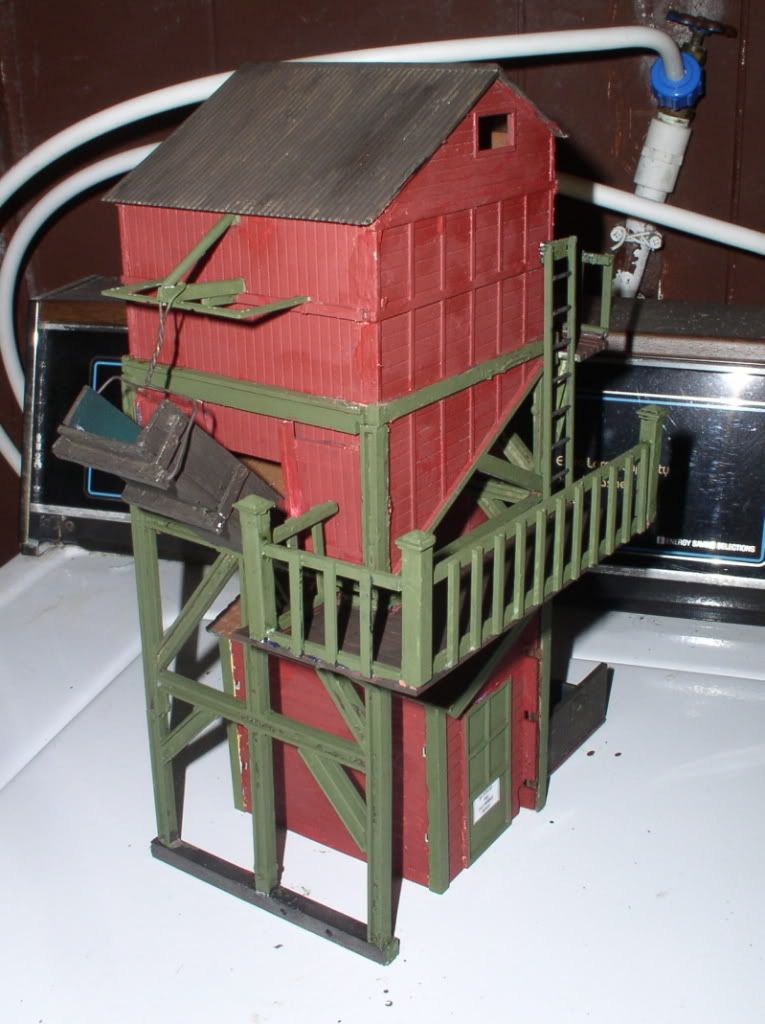Life doesn’t always come included with tidy little tags with the scale printed on it. If it does, I missed them. Sometimes you will come across an item that’s almost perfect… except you’re not sure it will actually work with what you already have… So how can you tell? You could always cart it home anyways… except SWMBO might begin to get a wee bit upset with the clutter after a bit. You could always buy one of those little 99c keyring tape rules and keep your keys on it. Or you could carry around a little plastic dude, just in case. (“Excuse me sir, is that a 1:20 cowboy in your pocket, or are you happy to see me?”) There HAS to be an easier way, right? Got a dollar in your pocket? US currency bills are are 2.61 inches wide and 6.14 long. How about a credit card? They are 2 1/8" high and 3 3/8" inches wide. Useless trivia? Measure that little plastic cowboy again. Better yet, hold him up against the bill and the card. See anything? A dollar folded in half is 6 feet in 1:24. The other dimension is pretty close to the height of a figure in 1:29. That credit card is 5’ 8" wide in 1:20… And folks won’t wonder if you’re senile when you take them out of your pocket. Still not sure? Houses come in all shapes and sizes. But doorknobs are usually pretty much about the same height. (usually between 30-36" from the floor.) Fold that folded dollar bill in half again. Let’s assume for a minute that you’ve already brought whatever it was home, only to find it’s NOT the scale you thought it was. It’s either too big or too small, so it’s totally useless. right?.. not necessarily! Option 1: Use it anyway… Our brains are funny. Your eye pretty much sees what it expects to see… it’s ‘rubber ruler’ is worse than anything LGB ever thought of. If something is too small, but the stuff around it is proportional to it. Our brain processes them as simply being further away, It’s a little trick called “forced perspective.” A slightly too large item can often be hidden in the foreground the same way. Option 2: Remodel minor (or possibly major) details… Industrial machinery often has a ‘family resemblance’ across the various sizes/models of the same manufacture. A diecast 1/16 cat 22 crawler can become a cat 60 in 1/24 with a little work. Or a 1/32 toy crane can become a 1/24 crane with a little more.
Option 3: Use what you can for parts!.. The Bachmann “G scale” coaling tower is actually O-scale with a letter changed on the instructions. But you can make an OK g-scale model from most of it…

Option 4: Trade it off to someone else. Or put it out at your own yard sale for a quarter. If you can get four quarters together and trade them in, you’re back to that handy dollar bill.